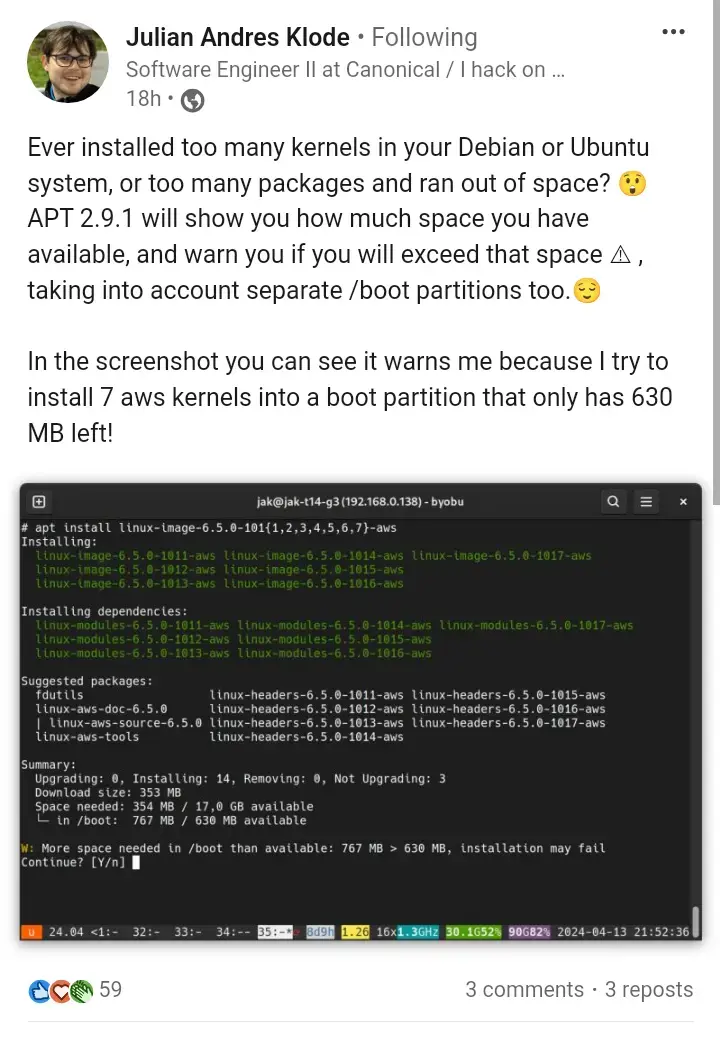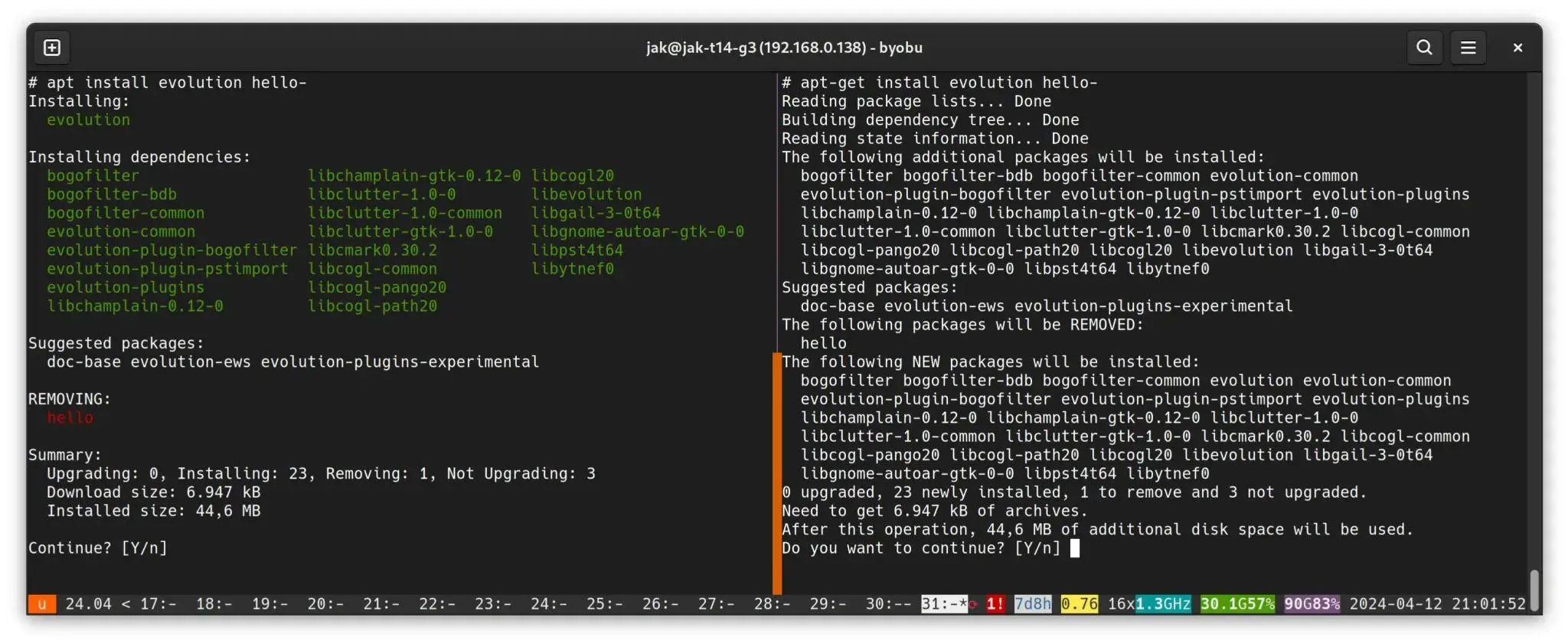

I went through something similar with my Brother printer, but stuck with USB. I’ll have to give your tips a try later.
I haven’t been able to get 2-sided to work except with LibreOffice for some reason, but maybe that DuplexNoTumble thing is the key…or value.








Sometimes yt-dlp drops fragments leading to corrupt files, maybe that’s what’s going on.